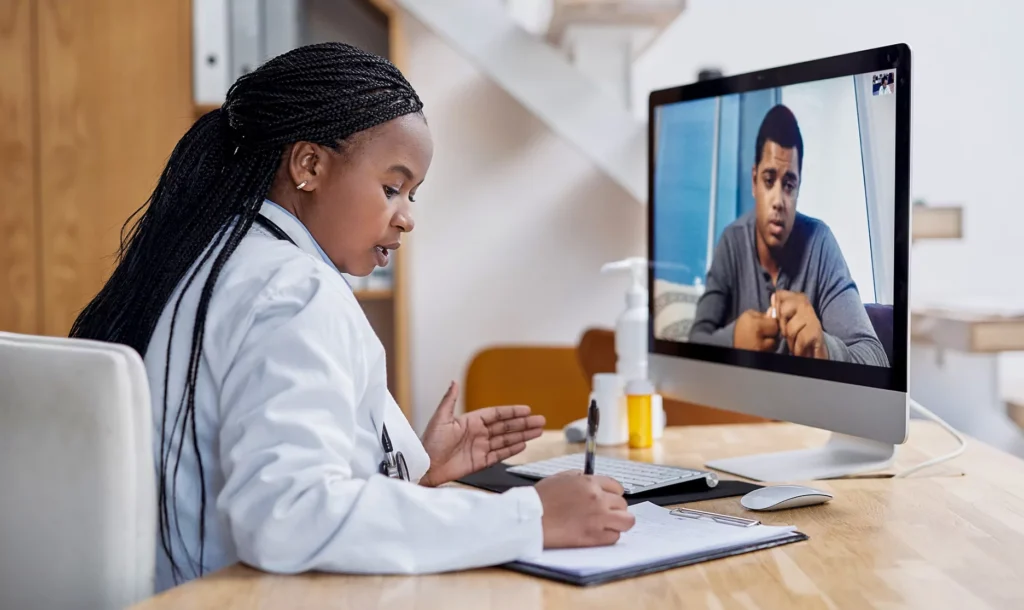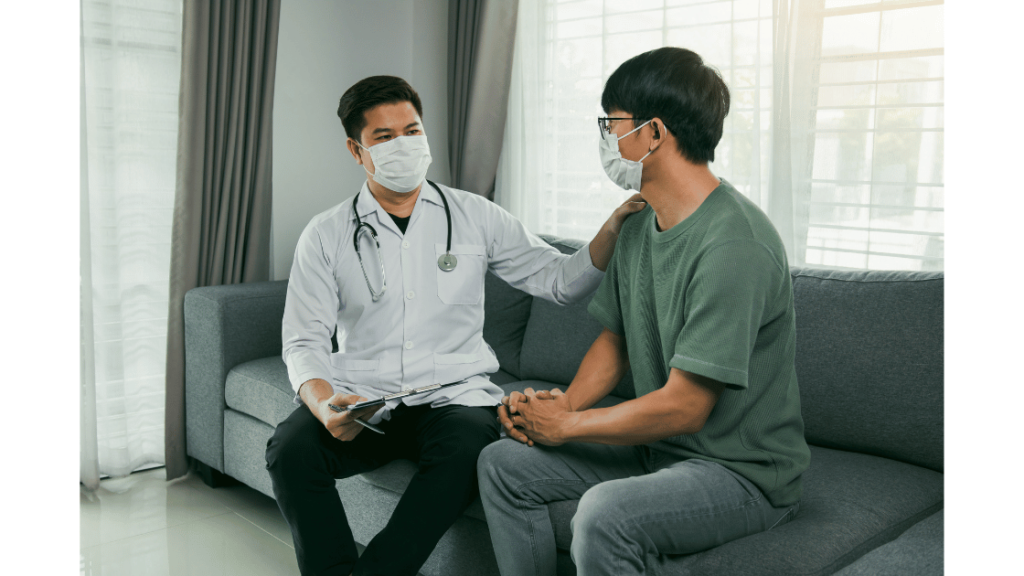Introduction
In today’s fast-paced world, easy access to medical care is a fundamental need for every individual. Ensuring prompt and convenient healthcare services is crucial, especially in densely populated areas like Ahmedabad, India. With advancements in technology and innovative approaches, medical services at doorstep in Ahmedabad can now be delivered right to people’s doorsteps, bringing healthcare closer to the community. This article explores various strategies and initiatives aimed at enhancing access to medical care, with a particular focus on the revolutionary concept of doorstep medical services in Ahmedabad.
I Understanding the Need for Enhanced Access to Medical Care
Access to quality healthcare is a basic right of every individual. However, several barriers often hinder people from receiving timely medical attention. Understanding the challenges associated with access to healthcare helps in devising effective solutions. Key points include:
Geographic barriers: Inadequate healthcare infrastructure and long distances between healthcare facilities and patients’ residences pose challenges, particularly in areas with limited transportation options.
Financial barriers: High healthcare costs, including consultation fees, diagnostic tests, and medication expenses, can be a major deterrent for many individuals and families.
Awareness and education: Lack of knowledge about available healthcare services, preventive measures, and health insurance options can prevent people from seeking timely medical care.
Overburdened healthcare system: Long wait times, limited availability of appointments, and overcrowded hospitals can lead to delays in accessing medical services.
II. Leveraging Technology for Doorstep Medical Services in Ahmedabad
In recent years, technology has played a pivotal role in improving healthcare access. The concept of doorstep medical services has gained significant momentum, transforming the way healthcare is delivered. Some noteworthy advancements include:
Telemedicine: With the help of smartphones and internet connectivity, patients can now consult doctors remotely, avoiding the need for physical visits. Telemedicine services offer convenience, accessibility, and cost-effectiveness.

Mobile healthcare units: Equipped with necessary medical equipment, these units bring healthcare services to the doorstep of individuals, especially those residing in remote or underserved areas. These units offer various services, including primary care, vaccinations, diagnostic tests, and health awareness programs.
Online healthcare platforms: Digital platforms allow patients to book appointments, access medical records, and consult healthcare professionals through secure online channels. These platforms offer ease of access, reduced waiting times, and the ability to receive medical advice from the comfort of one’s home.
III. Government Initiatives and Policies to Enhance Access to Medical Care
Recognizing the importance of improved healthcare access, the government has implemented several initiatives to address existing challenges. These initiatives aim to make healthcare more accessible, affordable, and inclusive. Key measures include:
Jan Arogya Yojana (PM-JAY): The world’s largest government-funded healthcare program, PM-JAY provides health coverage to economically vulnerable individuals and families. The program enables beneficiaries to avail themselves of cashless treatment at empaneled hospitals, reducing financial barriers.
National Rural Health Mission (NRHM): Launched to address healthcare disparities in rural areas, NRHM focuses on strengthening healthcare infrastructure, improving service delivery, and promoting preventive healthcare measures. It emphasizes the provision of accessible and quality healthcare services to the rural population.
Public-private partnerships: Collaborations between the government and private healthcare providers aim to bridge the gap between supply and demand for healthcare services. These partnerships facilitate the establishment of medical facilities in underserved areas, ensuring better access to medical care.
IV. Community Outreach Programs and Health Education
Empowering communities with healthcare knowledge plays a vital role in enhancing access to medical care. By conducting community outreach programs and promoting health education, individuals can make informed decisions regarding their health. Key strategies include:
Health camps and awareness drives: Organizing health camps and awareness drives to educate and engage the community about various health issues. These initiatives create opportunities for individuals to receive basic health screenings, learn about preventive measures, and seek timely medical advice.
School health programs: Implementing health programs in schools helps in promoting healthy habits and early detection of health issues among children. These programs focus on regular health check-ups, immunizations, and health education sessions to empower students with essential knowledge about maintaining good health.
V. Addressing Cultural and Linguistic Barriers
India is a diverse country with a multitude of languages and cultures. Overcoming cultural and linguistic barriers is essential to ensure equitable access to medical care. Key strategies include:
Language interpretation services: Healthcare facilities can employ language interpreters or provide access to translation services to facilitate effective communication between healthcare providers and patients who speak different languages. This ensures that patients can express their concerns and understand medical instructions accurately.
Cultural sensitivity training: Healthcare professionals can undergo training to enhance their cultural competency and sensitivity towards diverse populations. This helps in creating a welcoming and inclusive healthcare environment, where patients from different cultural backgrounds feel respected and understood.

VI. Encouraging Public-Private Partnerships
Collaboration between public and private sectors is crucial for improving access to medical care. By combining resources and expertise, innovative solutions can be developed to address healthcare challenges effectively. Key areas of collaboration include:
Mobile clinics and outreach programs: Private healthcare providers can collaborate with government agencies to establish mobile clinics that reach underserved areas. These clinics can offer a range of services, from primary care to specialized consultations, bringing medical care directly to the communities in need.
Affordable healthcare schemes: Public-private partnerships can be instrumental in designing and implementing affordable healthcare schemes that cater to the needs of economically vulnerable populations. By leveraging the expertise of both sectors, these schemes can provide financial assistance, reduced consultation fees, and discounted medication to ensure affordable healthcare for all.
Conclusion
Enhancing access to medical care is a shared responsibility that requires collaboration among various stakeholders. By leveraging technology, implementing government initiatives, conducting community outreach programs, addressing cultural barriers, and promoting public-private partnerships, we can revolutionize healthcare access in Ahmedabad and empower individuals to take charge of their health. The concept of doorstep medical services has the potential to bridge the gap between healthcare providers and the community, making healthcare more accessible, convenient, and inclusive. With concerted efforts, we can ensure that medical services reach every doorstep, promoting a healthier and more resilient society in Ahmedabad, India.















